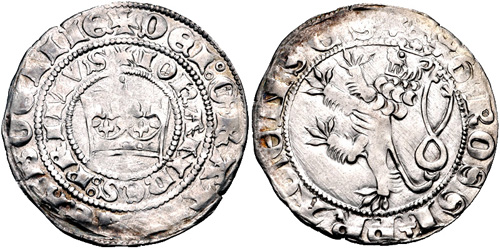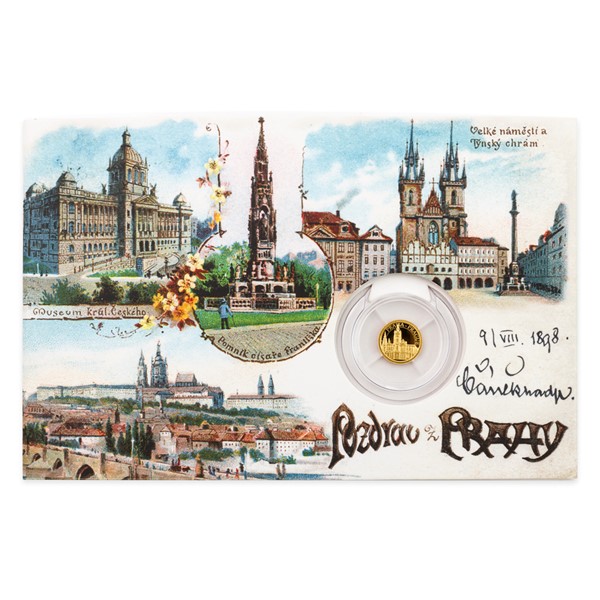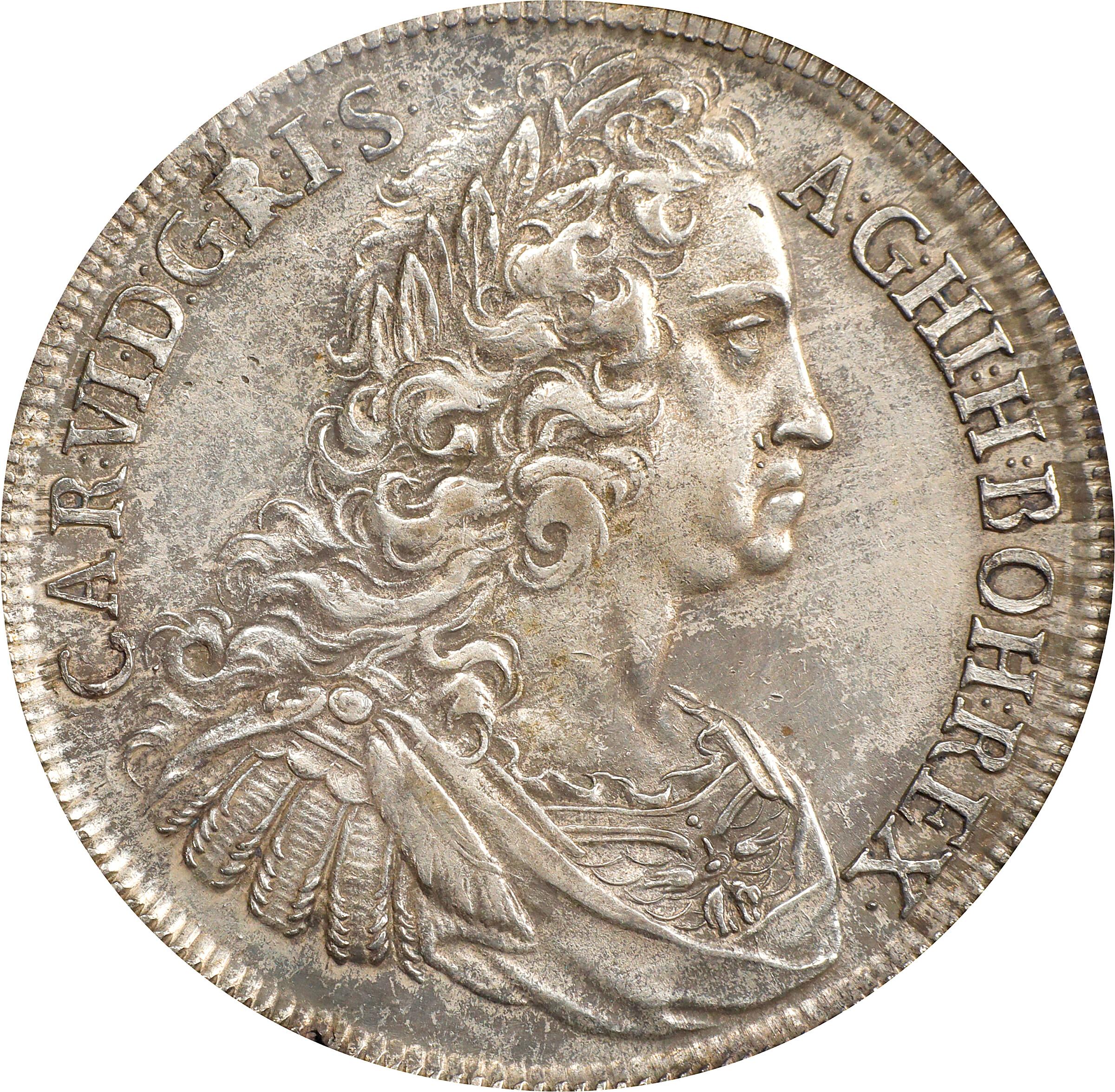Handy Facts To Gold Blanks Prague Mint Medals
Wiki Article
How Can A Model Of A Plaster Be Used As An Actual Representation Of The Gold Coin?
The design may be drawn by hand or a digital representation created using graphic design software. The design could be a sketch made by hand, or it could be a digital image that is created using graphic software. You can also use other materials like clay or wax.
Plaster Preparation - The plaster is mixed with water in order to achieve a consistency that is able to be manipulated. The mixture should be smooth and free of lumps to create the best mold.
Base Creation- To sculpt the maquette it requires a base or platform must be created. This base may be a plank of wood or an even surface for stability.
The artist begins by creating a maquette of the gold design. It is the process of shaping the plaster in order to create a relief, or a three-dimensional model of the coin or medal.
Detailing and Refinement - The artist focuses on adding details while refining the contours and ensuring accuracy in the proportions and features of the design. Attention to detail and precision is required at this stage.
Allowing for Drying and Setting- Once the sculpting is complete, the plaster needs time to dry and set. This allows the maquette's form to remain and also for hardening.
Smoothing and finishing Finishing and Smoothing - The maquette's surfaces are further refined and polished after drying to get rid of imperfections bumps, rough areas and bumps.
Sealing and Preservation - To keep maquettes, and to prepare them for further processes for scanning, or mold making, an adhesive or protection layer is applied.
The resultant maquette is used as a tangible three-dimensional depiction of the gold medal or coin design. It is a tangible reference for the next stage of production. For example, it is possible to use it to create digital replicas or to create molds for mass production. Or, artists can make use of it as a model to conceptualize and improve their designs prior to the finalization of their design. Take a look at the best Czechoslovakia gold medals plaster molds more examples. including american eagle gold coin price, five dollar gold piece, maple leaf gold coin, silver price in dollar, euro coins, cost of a gold bullion bar, 1 oz gold buffalo coin, gold price apmex, ngc grading, cost of 1 oz of gold and more.

What Is The Reason Why Dies Used To Make Gold Medals And Coins Undergo Vacuum-Hardening Processes
The method of vacuum hardening is utilized in the manufacturing of gold medals or coins. It involves heating dies to high temperatures, and exposing them to controlled environments inside the confines of a vacuum. Here's a quick guide on how to harden dies using vacuum.
It is vital that the dies used to strike coins and medals are free of any dirt and other contaminants.
Moving into vacuum Furnace
The dies are placed in a specially designed heat-treating chamber which can generate a vacuum.
Evacuation from the Air
The vacuum oven eliminates all air from the room and creates a safe environment without oxygen and other gases. This prevents burning while ensuring an even heat treatment.
Heating Phase -
The furnace will be heated to a certain temperature to harden the dies. The temperature will depend on the material being used and the method by which it will be shaped.
Soaking at high temperatures-
The dies must be held at a high temperature for a certain period of time in order for the material to reach and maintain its desired level of hardness.
Quenching (or Cooling)
The dies will be immediately cooled off or quenched following soaking. The rapid cooling helps the metal reach the desired hardness.
Tempering is not required.
In certain cases the process of tempering may occur after the process of hardening. Tempering involves heating the dies to a lower temperature in order to relieve stress while maintaining toughness.
Quality Control & Inspection
The dies that have been hardened are examined and tested to make sure that the dies are in compliance with all of the specified requirements.
Post-Treatment Handling-
After the hardening process dies can be polished or coated before they are utilized in the coin or metal striking process.
The process of vacuum hardening increases the wear resistance, durability and longevity of dies used to make gold coins or medals. The process of vacuum hardening is a reliable and consistent way to make dies hard in a controlled, safe environment free of contaminants. See the top rated vacuum hardening Prague Mint gold medals website recommendations including gold eagle, 5 cent piece, gold bullion bars for sale, american eagle gold coin price, gold doubloons, gold bullion price today, 1972 gold dollar, buy gold coins near me, double eagle gold coin, 1 oz gold coin and more.

Why And How Are Some Finishes, Like Matte Or Textured Surface Created Using Sandblasting?
This method is used for making specific finishes or textures, such as matte patterns, textured, or even textured surfaces, on the surface of medals or coins. How and why do you use this technique?
Surface Preparation- The medal or coin is placed inside a chamber or cabinet equipped with a nozzle that is connected to an air compressor. The chamber is typically covered to protect the abrasive materials used to prepare the surface.
Abrasive Material Selection - Fine particles of abrasive materials, such as sand, silicon carbide, glass beads, or aluminum oxide are propelled onto the surface of the medal or coin with high velocity.
High-Pressure Propulsion - The abrasive particles are driven onto the surface using compressed air or another high-pressure device. The force and speed at the rate at which particles are thrown onto the surface will determine the texture or finish.
Texture Creation: The force caused by the abrasive grains the surface creates the appearance of a matte or textured by altering the topography of the surface. This technique can be utilized to create a uniform texture or roughen certain areas.
Sandblasting is controlled by intensity as well as duration and angle of application. This permits different textures and finishes. Different abrasives are employed to produce different results.
Sandblasting is a reason why it's done
Texture variation- Sandblasting may create a variety of textures and finishes, including glossy and grainy, frosted, or smooth surfaces. This adds visual interest to the medals or coins.
Aesthetic Improvement- Sandblasting alters the appearance of a surface. It helps diffuse light reflections and reduces shine. This improves the aesthetic appeal of a coin or a medal. Matte finishes in particular, draw attention to certain design elements as they reduce reflections.
Anti-Glare properties - By using sandblasting, a matte or textured surface can be made. This reduces glares and reflections. The medals and coins are attractive and clearer to view without interference from light.
Contrasting Design ElementsSandblasting creates contrast between polished and textured areas of the medal or coin to highlight specific design elements or giving the appearance of depth and dimension.
Customization and Creativity- Sandblasting provides a variety of customization options, which allows to express your creativity and artistic flair, as well as the creation of medals and coins with distinctive texture or finish that is tailored to specific design requirements.
Sandblasting produces different textures and finishes on the surface of gold coins and medals. This enhances their overall appearance, appeal and appeal, in addition to aesthetics. Read the most popular sandblasting Prague Mint gold coins blog info. including 10 dollar gold coin, coin buy silver, liberty head nickel, american gold eagle, gold buffalo coin, five dollar gold piece, gold quarter, cheerios sacagawea dollar, bullion dealers, gold bars for sale near me and more.
How Do Gold Blanks Are Loaded Into Coin Presses At High Pressure And Stamped?
In the process of minting, gold blanks are fed into coin presses, where they are stamped under pressure to turn into finished coins or medals. This article provides a brief description of the steps in loading blanks.
A feeder system is connected to the coin press. This system loads gold blanks that have been prepared and checked for quality. This feeder system guarantees that there is a constant supply of blanks for the press.
Feeding Blanks into the Press-
The feeder system feeds the blanks into the strike chamber inside the coin press one at a time. This guarantees the exact positioning of each blank prior to stamping.
Alignment & Positioning
The blanks that are in the press chamber are aligned, positioned, and oriented perfectly to ensure that they are stamped.
Striving Under Pressure
Coin presses the gold blanks at high pressure using two dies: one stationary, and the other moving. The stationary die contains the impression of the design that is negative, while the moveable die is the hammer.
The dies strike the blank with lots of force, which transfers the design on its surface. The pressure exerted by the dies imprints the design which creates the raised relief and details on the coin, or medal.
Repeated Striking
Multi-strikes can be applied for high-end coins and medals, such as proofs or collector's editions. The result is more precise and sharper image. Each strike improves the quality on the blank surface.
Ejection & Collection
Following the press's operation, freshly-minted medals or coins are ejected from the press onto containers or trays. Quality control is carried out to ensure the designs adhere to the specifications.
Post-Processing-
The style of the coin or medal could require further processing, for example, edge lettering (either edge or reeding) or post-strike treatments.
Stamping gold blanks under high-pressure is essential since it transfer the desired design onto the blanks of gold. They are then turned into finished gold coins or medals ready for collection, circulation or for commemoration. This process requires precision because any variations in alignment or pressure could affect the appearance and quality of the final product. Follow the best minting Prague Mint gold medals website advice. including gold bullion coins, old silver dollars, gold bullion bar price, price of gold 1 oz today, apmex gold coins, gold coin shops near me, 1979 gold dollar, gold price coin today, gold bullion coins, american eagle gold coin 1 oz and more.

